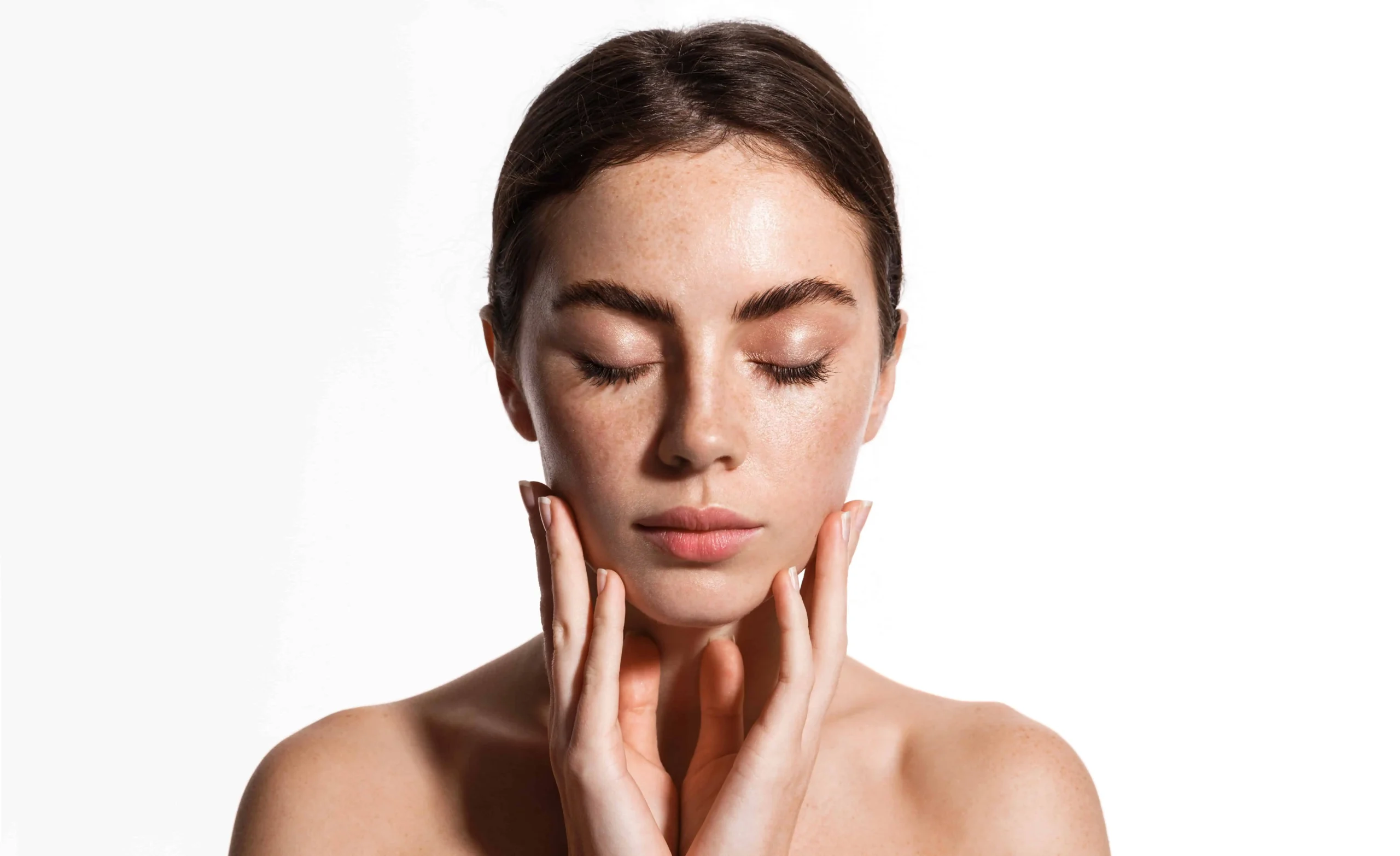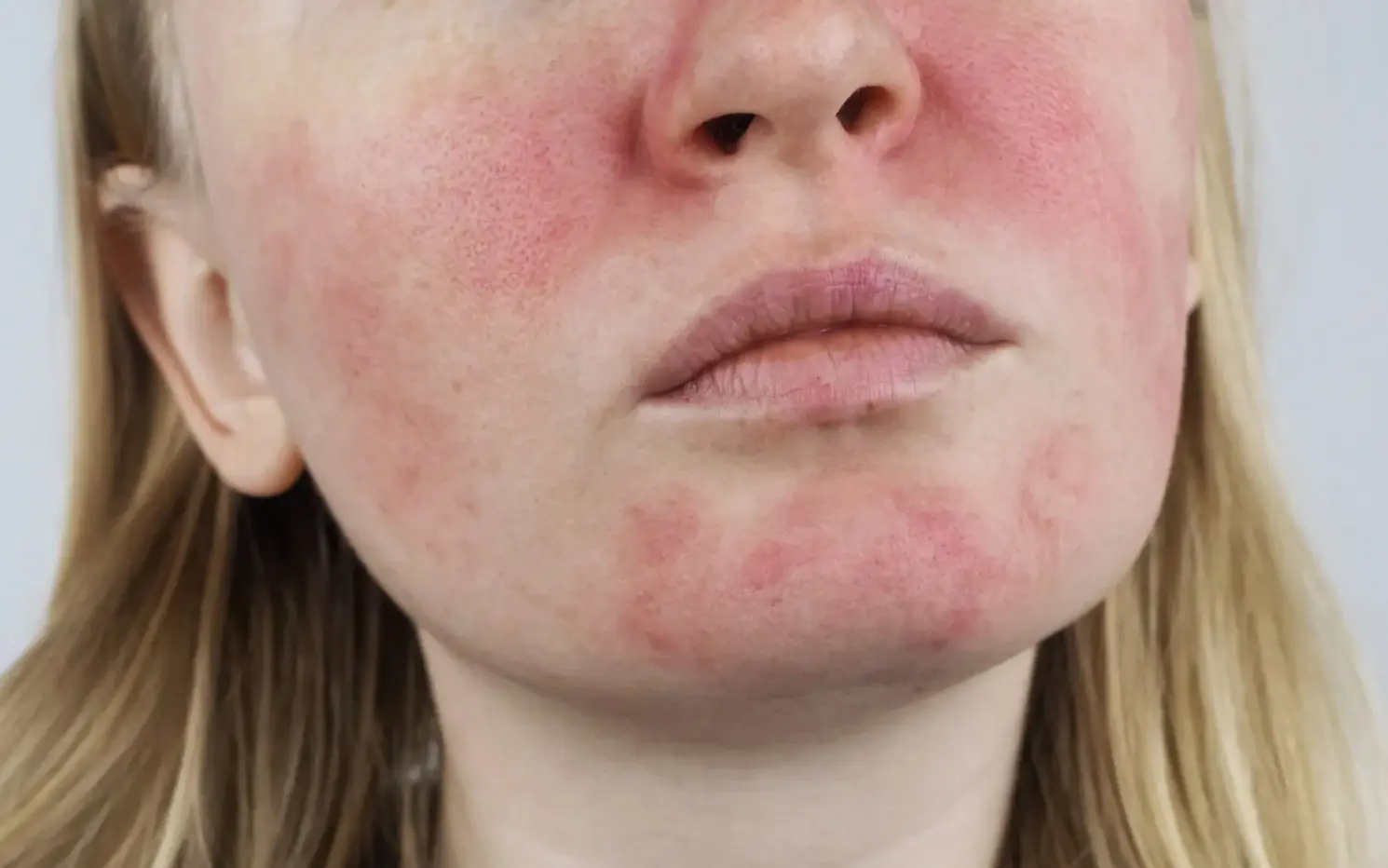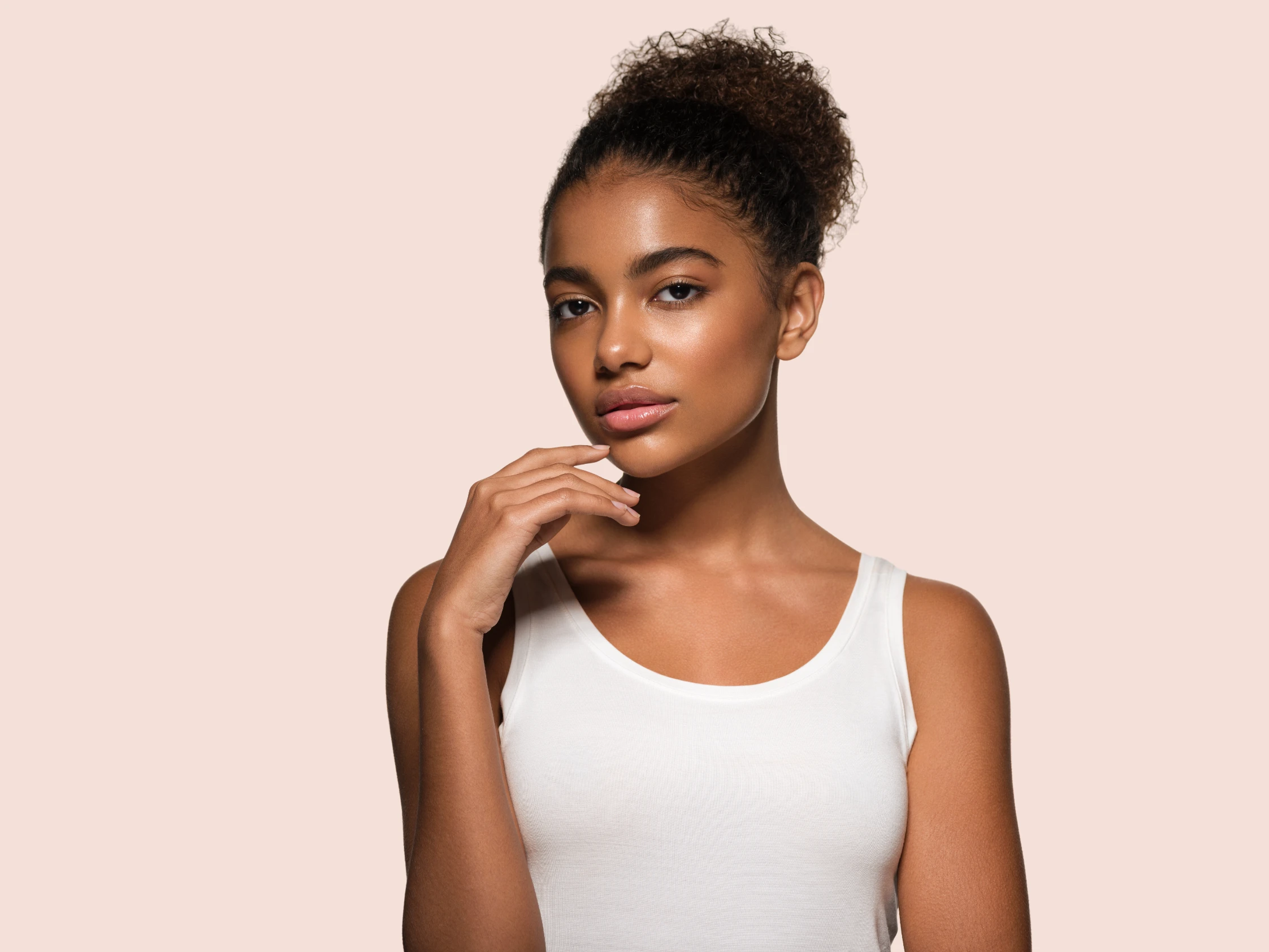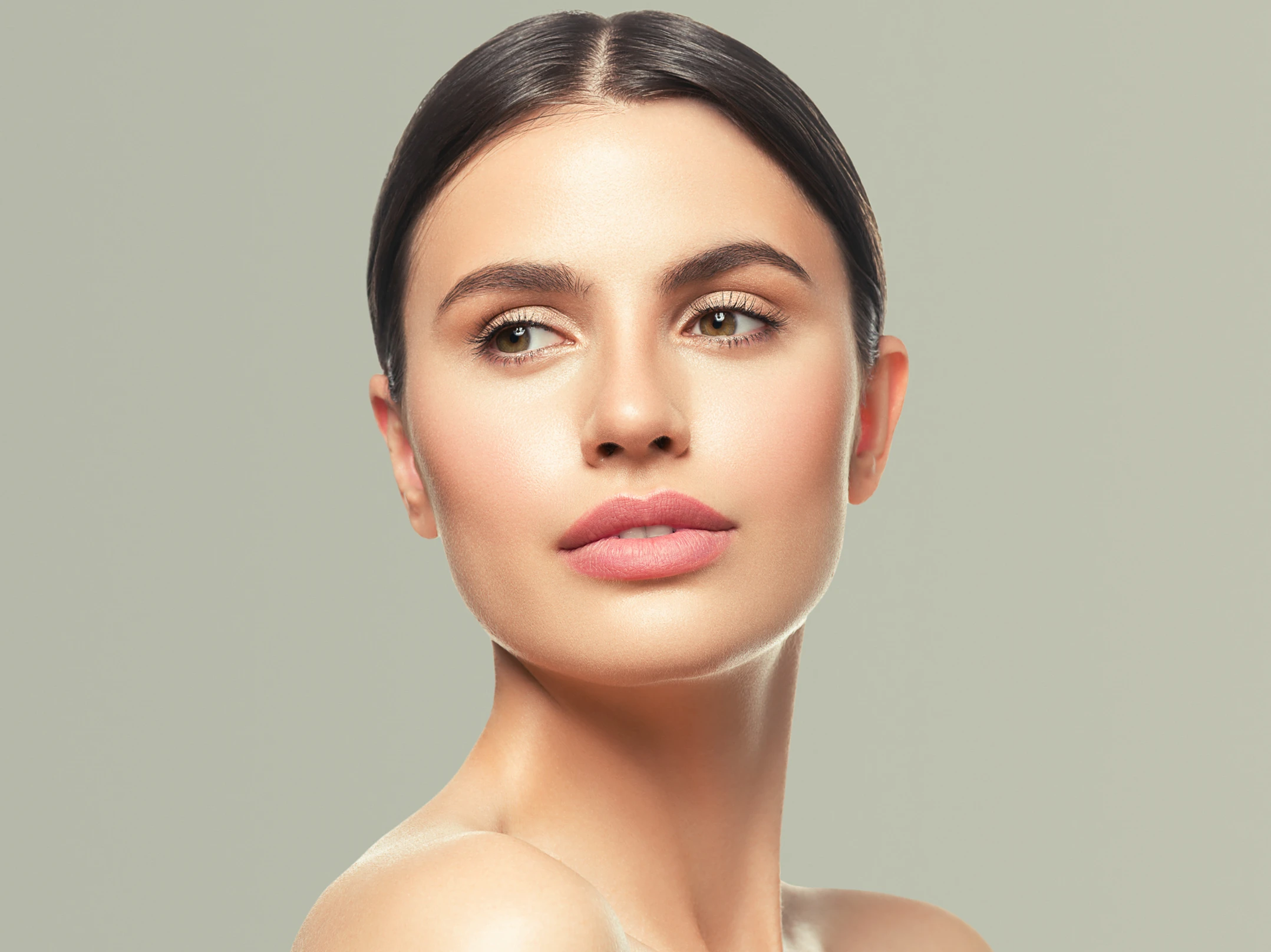UPF Clothing: How They Protect You from the Sun
As awareness of skin cancer and sun-related skin damage increases, more people are turning
to specialized clothing to protect themselves from harmful ultraviolet (UV) rays. UPF clothing is
becoming a popular choice for those looking to combine style and sun protection. But what
exactly is UPF clothing, and how does it work to keep you safe from the sun? In this blog post,
we’ll explore the science behind UPF clothing, its benefits, and how to choose the right
garments to effectively shield yourself from UV radiation.
What is UPF Clothing?
UPF stands for Ultraviolet Protection Factor. It’s a rating system used to indicate how effectively
a fabric blocks UV radiation. Unlike SPF (Sun Protection Factor), which measures the protection
level of sunscreen, UPF measures the protective qualities of textiles. UPF clothing is designed
with special fabrics and treatments that help reduce UV exposure to your skin.
How Does UPF Clothing Protect You from the Sun?
1. UV Radiation Blocking:
○ Fabric Composition: UPF clothing is made from fabrics that are specifically
engineered to block UV rays. The fibers in the fabric, such as polyester, nylon,
and spandex, are woven or knitted tightly to prevent UV radiation from
penetrating through.
○ Chemical Treatments: Some UPF clothing undergoes special treatments or
coatings that enhance their UV-blocking properties. These treatments can help
improve the fabric’s ability to absorb or reflect UV rays, adding an extra layer of
protection.
2. Fabric Structure:
○ Tight Weave: Fabrics with a tight weave or knit structure offer better protection
against UV rays compared to looser weaves. The denser the fabric, the less UV
radiation can pass through to your skin.
○ Color and Thickness: Darker colors and thicker fabrics generally provide more
protection than lighter colors and thinner materials. Dark colors absorb UV rays
more effectively, while thicker fabrics offer greater coverage.
3. Protective Features:
○ UPF Rating: A fabric’s UPF rating tells you how much UV rays it lets reach your
skin. For example, a fabric with a UPF of 30 blocks approximately 97% of UV
rays, while a UPF of 50 blocks about 98%.
○ Long Sleeves and High Collars: Many UPF garments feature design elements
such as long sleeves, high collars, and built-in hoods to provide additional
coverage and reduce exposed skin areas.
Benefits of UPF Clothing
1. Effective Sun Protection:
○ Reliable Shielding: UPF clothing offers consistent and reliable sun protection,
even when you’re active or sweating. Unlike sunscreen, which needs to be
reapplied, UPF clothing provides continuous protection as long as you’re wearing
it.
2. Convenience:
○ Ease of Use: Wearing UPF clothing eliminates the need for frequent sunscreen
application and reduces the risk of missed spots or uneven coverage.
○ Durability: UPF-rated fabrics are designed to maintain their protective qualities
over time, even after multiple washes.
3. Comfort and Style:
○ Breathability: Many UPF clothing options are designed with breathable fabrics
that wick moisture away from the skin, keeping you cool and comfortable in hot
weather.
○ Variety: UPF clothing comes in various styles, including shirts, pants, hats, and
even swimwear, allowing you to find options that suit your preferences and
activities.
4. Reduced Risk of Skin Damage:
○ Sunburn Prevention: By blocking UV radiation, UPF clothing helps prevent
sunburn, which can lead to premature aging and an increased risk of skin cancer.
○ Long-Term Health Benefits: Consistent use of UPF clothing contributes to
overall skin health and reduces the cumulative effects of UV exposure.
How to Choose UPF Clothing
1. Check the UPF Rating:
○ Higher Ratings: Opt for clothing with higher UPF ratings for better protection.
While UPF 30 is generally considered good, UPF 50 offers the highest level of
UV protection available in most garments.
○ Verify Claims: Ensure that the UPF rating is provided by a reputable source or
testing lab to confirm the accuracy of the protection level.
2. Consider the Fabric:
○ Material: Look for fabrics specifically designed for sun protection, such as
polyester, nylon, or blended fabrics with added UV-blocking agents.
○ Weave and Color: Choose tightly woven fabrics and darker colors for enhanced
protection.
3. Fit and Coverage:
○ Design Features: Select garments with features like long sleeves, high collars,
and wide-brimmed hats to maximize coverage and minimize exposed skin.
○ Comfort: Ensure that the clothing is comfortable and suits your activities,
whether you’re lounging at the beach or engaging in outdoor sports.
4. Care Instructions:
○ Maintenance: Follow the manufacturer’s care instructions to maintain the
effectiveness of the UPF clothing. Avoid using harsh detergents or fabric softeners that can degrade the UV-blocking properties.
Conclusion
UPF clothing is a valuable tool for protecting your skin from harmful UV radiation while enjoying
outdoor activities. By understanding how UPF clothing works, its benefits, and how to choose
the right garments, you can effectively shield yourself from the sun and reduce the risk of
sunburn, premature aging, and skin cancer. With a variety of stylish and functional options
available, incorporating UPF clothing into your wardrobe is a smart and easy way to prioritize
sun safety and keep your skin healthy and protected.





